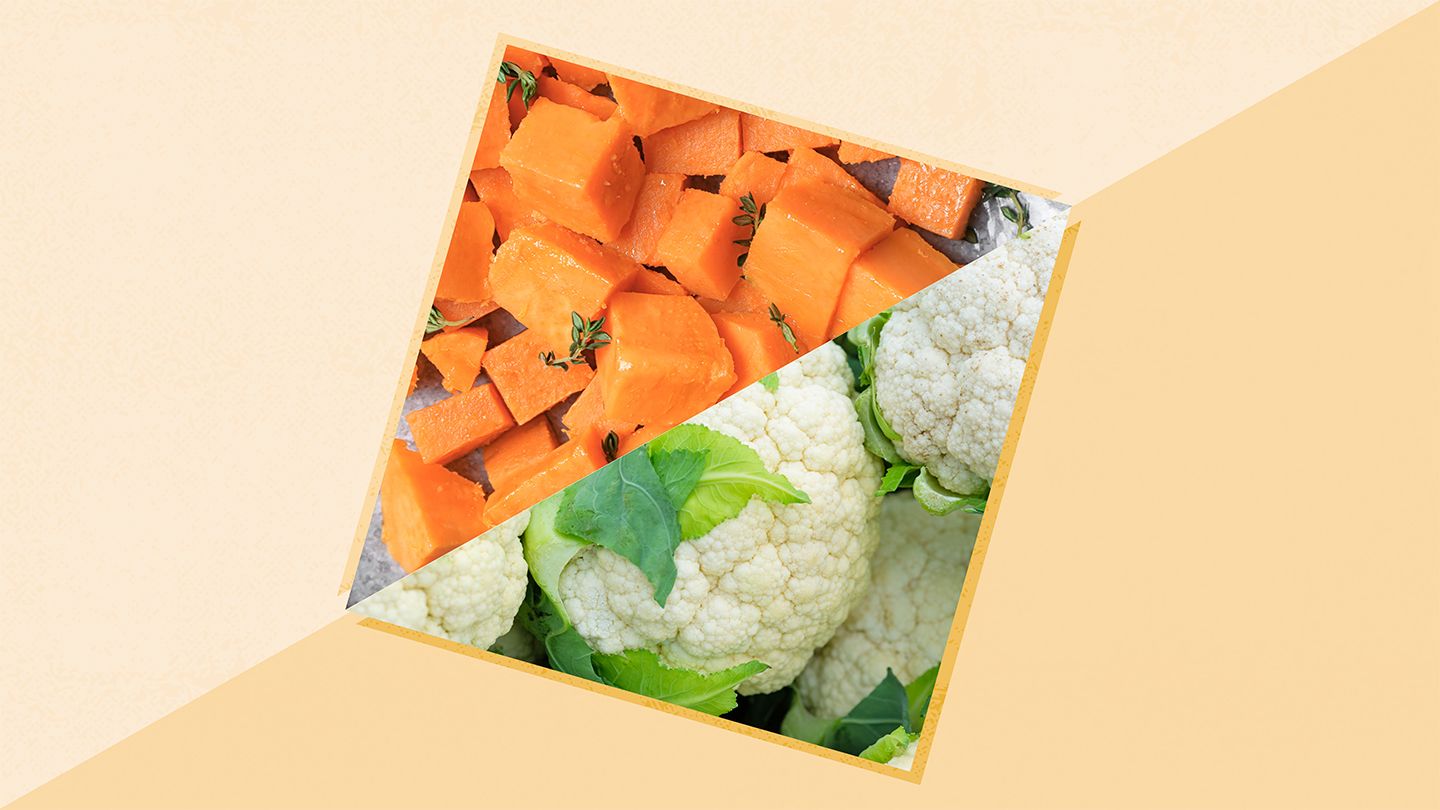Understanding Cottage Cheese Macros
Cottage cheese has become a staple food for many dieters and health conscious individuals. Its high protein and low calorie content makes it an ideal choice for those looking to lose or maintain weight. When it comes to macros, cottage cheese definitely fits the bill.
What are Macros?
The term "macros" refers to macronutrients - the main nutrients found in food that provide calories or energy. The three macros are:
- Protein
- Fat
- Carbohydrates
Understanding the macro profile, or macro breakdown, of a food allows you to determine how it fits into your overall daily targets for each macro. This can help ensure your diet aligns with specific goals around muscle building, weight loss, athletic performance, or general health.
Cottage Cheese Macro Breakdown
Here is the typical macro profile found in 4 ounces (113 grams) of low fat cottage cheese:
- Calories: 100
- Protein: 16 grams
- Fat: 2 grams
- Carbohydrates: 3 grams
As you can see, cottage cheese is high in protein relative to its calorie and fat content. It also contains a fairly low amount of carbs. This fits well into low carb, high protein diets.
Benefits of Cottage Cheese for Dieting
There are several reasons why cottage cheese is beneficial for those watching their macros and calories for weight loss or maintenance:
- High protein keeps you feeling fuller longer. This can reduce overeating and snacking.
- Calcium has been shown to help with fat burning.
- The high protein and relatively low calorie content allows you to eat adequate amounts without overconsuming calories.
Additionally, the versatility of cottage cheese allows it to be incorporated into sweet or savory dishes and snacks.
How to Select the Best Cottage Cheese for Your Needs
Not all cottage cheese has the same nutritional breakdown. When purchasing cottage cheese for macro dieting, be sure to read nutrition labels closely.
Fat Content
Cottage cheese is available in different fat levels:
- Nonfat: contains less than 0.5 grams of fat per serving
- Low fat: contains 2% milkfat
- Reduced fat: 4% milkfat
- Whole milk: contains 4% milkfat or more
In most cases, opting for low or nonfat cottage cheese fits best into a reduced calorie diet focused on lean protein sources. However, the variations in milkfat percentage don't significantly alter the protein content.
Ingredients
When shopping for cottage cheese, simpler is often better. Look for brands containing just cultured skim or low fat milk and enzymes. Avoid those with thickeners, gums, starches and stabilizers like guar gum or carrageenan. These unnecessary ingredients can negatively impact digestion.
Sodium Content
Check the milligrams of sodium per serving. Some cottage cheese contains well over 10% your daily value. If limiting salt intake, choose an unsalted or low sodium variety.
How to Include Cottage Cheese in Your Diet
Cottage cheese is very versatile, which makes it easy to enjoy often as part of a healthy diet focused on protein intake and weight management. Here are some quick ideas:
Breakfast
- Top your morning oatmeal or yogurt
- Mix into scrambled eggs
- Use instead of ricotta in blintzes or pancakes
Lunch & Dinners
- Use it as a dip with raw veggies
- Mix in tuna or chicken salad
- Smear it on toast instead of mayo
- Top baked potatoes, sweet potatoes or squash
- Mix into pasta dishes
- Layer into lasagna
Snacks & Sides
- Scoop onto rice cakes
- Dip whole grain crackers into it
- Mix with diced tomatoes
- Blend with herbs and spices to make a dip
Desserts
- Blend cottage cheese with protein powder and cacao powder as pudding
- Mix with peanut butter and chocolate chips
- Swirl into Greek yogurt with berries
The options are endless. Get creative with combining cottage cheese into both sweet and savory dishes across all meals and snacks.
Sample Meal Plan with Cottage Cheese
Here is an example of how cottage cheese can fit into a well balanced, macro friendly meal plan:
Breakfast
- Scrambled eggs with 1/2 cup cottage cheese, peppers and onions
- Side of melon
Snack
- Rice cakes with 1/4 cottage cheese, smoked salmon and Everything Bagel seasoning
Lunch
- Mixed greens salad with chickpeas, avocado, tomato and balsamic vinaigrette
- 4 oz grilled chicken breast
- 1/2 whole wheat pita, smeared with 2 tbsp cottage cheese instead of hummus or mayo
Dinner
- Zucchini noodles with 1/2 cup cottage cheese, sauted shrimp, garlic, oil and seasoning
- Side salad
Dessert
- 1/2 cup cottage cheese mixed with 1 scoop protein powder, sliced strawberries and sprinkle of graham crackers as crunchy cheesecake pudding
As you can see, cottage cheese can be worked into just about any meal or snack. Don't be afraid to experiment with sweet and savory flavor combos!
Frequently Asked Questions
Is all cottage cheese keto friendly?
Most cottage cheese varieties fit into a ketogenic diet plan, thanks to the high protein and low carbohydrate content. Just be mindful of any added starches or high carb flavorings when purchasing cottage cheese to keep net carbs minimal.
How long does cottage cheese last?
Unopened cottage cheese lasts 10-14 days beyond the printed sell by date when properly refrigerated. Once opened, it will stay fresh for 5-7 days. Be sure to store container with a tight fitting lid to avoid spoilage.
Can cottage cheese be frozen?
Freezing cottage cheese can compromise its taste and texture. It becomes crumbly with a dry, rubbery consistency when thawed. For best quality and food safety standards, use cottage cheese within a week of opening.
Is cottage cheese good for weight loss?
Yes! With its stellar combo of high protein, low fat, and low calorie content, cottage cheese is an excellent food for supporting fat loss. The protein keeps you feeling satisfied while the calcium may support enhanced fat breakdown.
Disclaimer: This article is for informational purposes only and does not constitute medical advice. Always consult with a healthcare professional before starting any new treatment regimen.
Related Coverage
Stay cozy and satisfied this winter with delicious keto-friendly hot drinks like spiced tea, bone broth, hot chocolate, blended coffee, herbal tea and more....
The ultra-low-carb, high-fat ketogenic diet has attracted celebrities like Halle Berry, LeBron James, and Kim Kardashian for rapid weight loss....
Looking for a pre-workout with no artificial sweeteners? Discover the top 5 clean, naturally sweetened or unsweetened pre-workouts to boost energy and performance....
Discover keto friendly cough drops and remedies to soothe coughs and sore throats without derailing your ketogenic diet progress. Find natural options and tips for relief....
Lemons contain just 2.2 grams of net digestible carbs per fruit, making them a keto-friendly food. Learn about the health benefits of lemons and how to use them in low-carb recipes....
With Brut Champagne starting around 0-1g carbs per glass to 5g+ in sweeter styles, choose dryness levels wisely to suit keto diet plans and spark enjoyment....
Enjoy cottage cheese on keto with these tasty recipes. Includes savory ideas like cottage cheese pancakes, stuffed chicken, and more. Plus sweet treats like cheesecake bites....
Enjoy keto strawberry yogurt or plain yogurt sparingly to stay in ketosis. Learn how yogurt fits a ketogenic diet, best keto yogurt picks, plus nutrition, benefits, concerns and tips....
Pretzels are high in carbs yet can be enjoyed in moderation on keto. Learn about pretzel nutrition, low carb swaps, keto recipes and tips for fitting pretzels into your diet....
Learn the truth about common keto diet myths like it being unhealthy long-term, causing kidney damage, lacking nutrients, and more....









